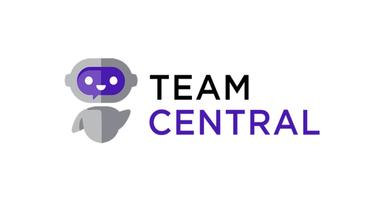U.S. Healthcare Big Data Analytics Market on a Growth Trajectory

In 2024, the U.S. healthcare big data analytics market reached a valuation of USD 22.2 billion. According to IMARC Group, this figure is projected to rise to USD 58.40 billion by 2033, growing at a CAGR of 11.3% from 2025 to 2033. This impressive growth reflects the sector’s increasing reliance on data-driven solutions to enhance patient outcomes, streamline operations, and enable precision medicine.
Drivers of Market Expansion
Several key factors are fueling the expansion of this market. One of the most prominent is the rapid advancement in technology, especially in areas like artificial intelligence (AI), machine learning (ML), and cloud computing. These innovations allow healthcare organizations to extract meaningful insights from complex datasets, making treatment more effective and personalized.
Another critical driver is the growing emphasis on personalized medicine. Healthcare providers are now using predictive analytics to tailor treatment plans based on individual patient data—collected through electronic health records (EHRs), wearable devices, and even genetic sequencing.
Evolving Market Trends
The integration of AI and ML is transforming how big data is used in healthcare. These technologies are now embedded into clinical workflows, enabling real-time analysis and smarter decision-making. As more organizations recognize the value of these tools, the demand for predictive analytics continues to rise.
In addition to AI, the focus on interoperability and data security is growing. As healthcare systems generate larger volumes of data, there is an urgent need to ensure that information flows seamlessly and securely between systems. Companies are investing in platforms that support secure data sharing while complying with privacy regulations like HIPAA.
Industry Focus and Innovation
The competitive landscape is prompting key players to develop tailored, high-performance analytics platforms. These platforms often feature built-in AI capabilities that help providers forecast patient risks, monitor treatment outcomes, and engage patients more effectively.
This push for innovation is not just about technology—it’s also about delivering value-based care, where better outcomes and cost efficiency take precedence over service quantity. This shift is reshaping the way providers and insurers approach healthcare delivery.
Regulatory Backing and Future Outlook
Supportive government policies and a rising awareness of data privacy are creating a favorable environment for market growth. Regulators are encouraging the responsible use of big data analytics, emphasizing both patient privacy and the benefits of sharing data across healthcare networks.
Looking ahead, the United States healthcare big data analytics market is set to play a transformative role in improving public health outcomes. By blending technology with patient-centered strategies, the industry is paving the way for a smarter, more connected, and efficient healthcare system.
Business News
How Executives Can De-Risk Payment Operations in Regulated Industries
Why Your Engine Air Filter Plays a Bigger Role Than You Think
Phoebe Gates-Backed Startup Secures US$30 Million Investment to Fuel AI Shopping Platform
Anthropic’s AI Bubble Warning: A Call for Caution in the Hype-Driven Race
The Ultimate Guide to Backlink Packages and Guest Post Services: Supercharge Your SEO in 2025




















